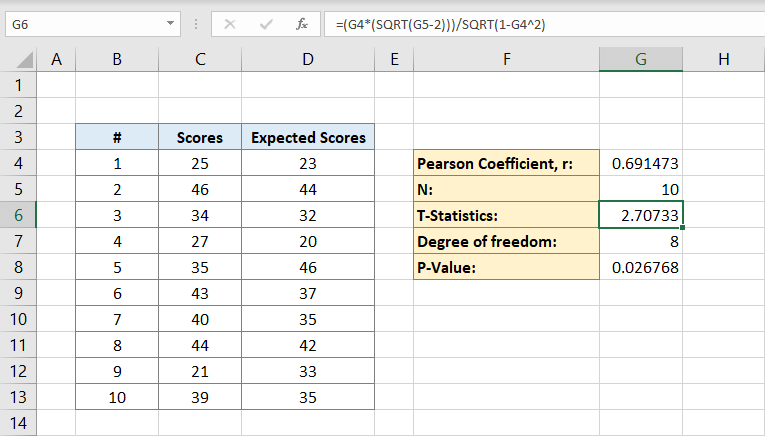5 Easy Steps to Calculate Z Score in Excel

Calculating a Z-score, or standard score, can be invaluable in statistics and data analysis as it provides a measure of how many standard deviations below or above the population mean a raw score is. Excel, one of the most widely used software for data processing, offers straightforward tools to compute Z-scores. This article will guide you through the process, ensuring you have the necessary tools to enhance your data analysis capabilities.
Understanding Z-Scores
Before diving into the calculation, let’s understand what a Z-score represents:
- Definition: A Z-score indicates how many standard deviations an element is from the mean.
- Positive Z-Score: The element is above the mean.
- Negative Z-Score: The element is below the mean.
- Used for: Outlier detection, normalizing data, comparing data from different populations.
The formula for a Z-score is:
\[ Z = \frac{(X - \mu)}{\sigma} \]
Where:
- X is the value being measured.
- μ (mu) is the mean of the population.
- σ (sigma) is the standard deviation.
Step 1: Gather Your Data
Ensure your data is in an Excel worksheet. If your dataset consists of multiple values:
- List your data in a column or row for easy manipulation.
- Check for any missing or incorrect entries.
Step 2: Calculate the Mean
Use the AVERAGE function to calculate the mean of your dataset. Here's how you do it:
- Click on an empty cell.
- Type =AVERAGE(A2:A10), assuming your data is in cells A2 to A10.
- Press Enter. Excel will now display the mean of the selected range.
Step 3: Compute the Standard Deviation
The standard deviation can be found using the STDEV.P function for population data, or STDEV.S if your dataset represents a sample:
- Select an empty cell.
- Enter =STDEV.P(A2:A10) or =STDEV.S(A2:A10) depending on your data type.
- Hit Enter to see the standard deviation.
Step 4: Calculate the Z-Score
Now, compute the Z-score for each data point:
- In an adjacent column, enter the Z-score formula manually.
- For the first data point in cell A2, write in cell B2:
=(A2-AVERAGE(A2:A10))/STDEV.P(A2:A10)
- Extend the formula down to cover all your data points.
Step 5: Analyze Your Results
After calculating Z-scores:
- Review the scores. Large positive or negative Z-scores indicate outliers.
- Interpret the results in the context of your analysis or research.
⚠️ Note: Remember, Excel's STDEV.P and STDEV.S functions differ. Use STDEV.P for the entire population data or STDEV.S for sample data.
In data analysis, understanding where your values lie relative to the average is crucial for spotting trends, anomalies, and for making informed decisions. With Excel's built-in functions, calculating Z-scores is a straightforward task that can significantly enhance your statistical understanding and interpretation of data sets. Whether you're in market research, quality control, or any field where data plays a pivotal role, mastering the calculation of Z-scores will empower you to extract more value from your data.
What if I only have a sample and not the entire population?
+Use STDEV.S instead of STDEV.P when calculating the standard deviation if you are working with a sample of the data.
Can I calculate Z-scores for grouped data?
+Yes, but you must first calculate the mean and standard deviation for each group separately before applying the Z-score formula.
What does a Z-score of 0 mean?
+A Z-score of 0 indicates that the data point is exactly equal to the mean value of the dataset.
```html
Related Terms:
- z test formula excel
- z score normalization excel
- find z score using excel
- excel a to z formula
- z score formula google sheets
- probability from z score excel



